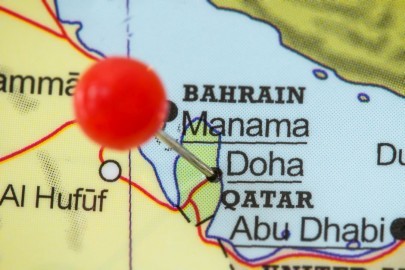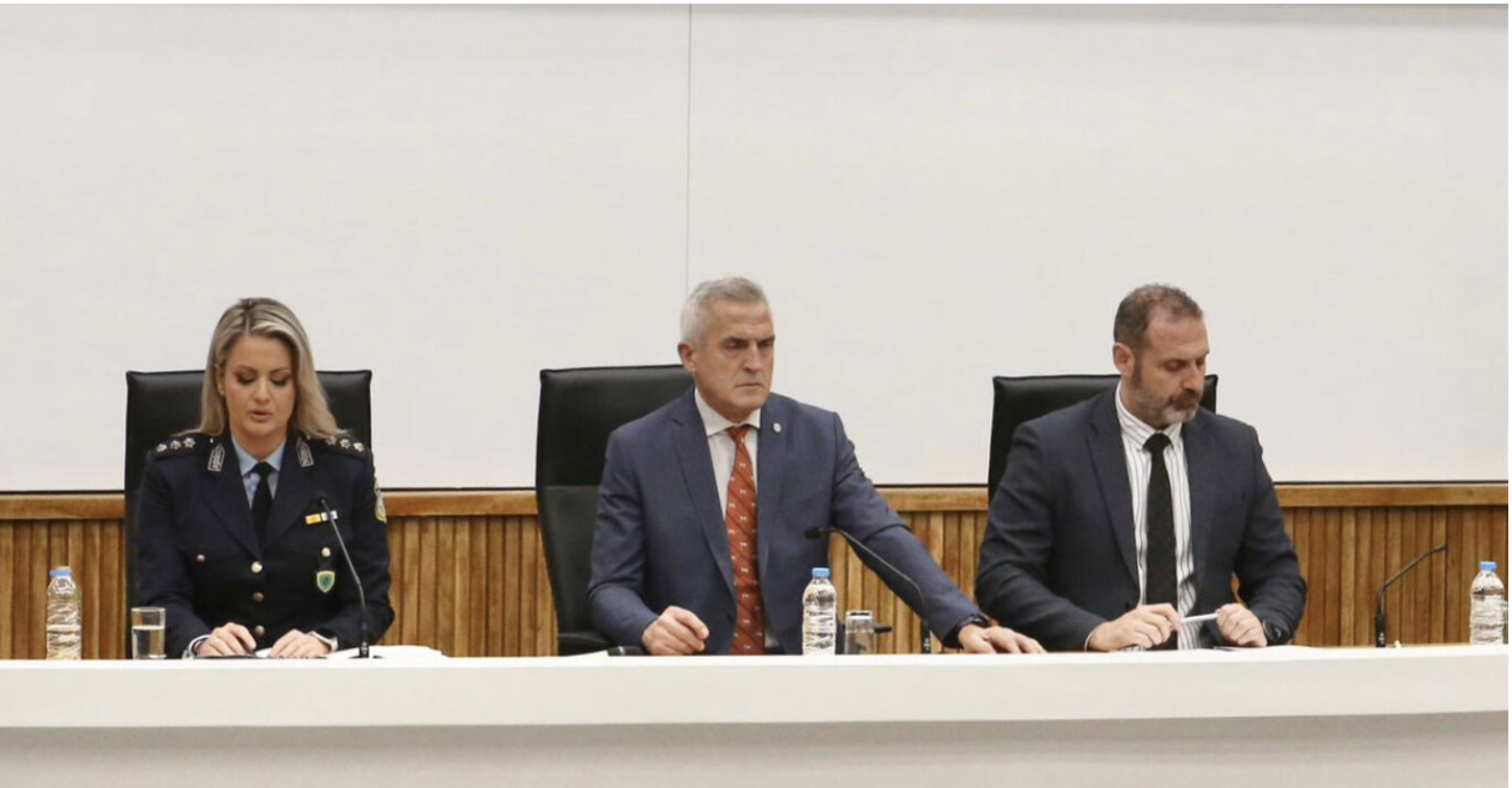An interesting analysis on the Qatar sanctions, from Qatar’s point of view:
At the core of the week-old decision by Saudi Arabia and the United Arab Emirates to strangulate their smaller neighbour Qatar with a medieval-style siege is a single critical question: what fears and demons drove the Saudi and Emirati leaders to take these drastic measures to bludgeon Qatar into changing its foreign and media policies and submitting itself totally to their demands?
How can we explain this harsh response that strikes me, and many observers in the world, as exaggerated to the point of being hysterical? It is important to grasp exactly why Saudi-Emirati leaders implemented this strangulation siege of Qatar, so that we can address the issues, including any legitimate complaints, that have been raised in the many accusations against Qatar, while leaving others in the realm of just exaggerated fears.
My own discussions with colleagues across the Gulf and the Arab World suggest that the ferocity of the Saudi-Emirati assault on Qatar stems from both new factors and lingering ones from years ago.
Two seem critical: first, the recent dominant decision-making roles of Crown Prince Mohammed bin Zayed Al Nahyan in the Emirates and of Deputy Crown Prince and Defence Minister Mohammad bin Salman Al Saud in Saudi Arabia, who are moving decisively to safeguard what they see as their national security and well-being; and, second, the accumulated fears that Islamists across the region continue to gain strength among the public since the Arab uprisings of 2010-11, and thus represent a genuine, existential, and immediate threat to these ruling families and their visions of their countries and the wider Gulf order.
Qatar got caught in the middle of this.
Its misfortune is that its long-standing policies in several domains converged with, and heightened, these new fears among the young leaders in the UAE and Saudi Arabia who were determined to take matters into their own hands and protect their world as they thought appropriate. These Qatari policies include sponsoring open regional media via Al Jazeera and other platforms that found massive audiences across the Arab world; close economic ties with Iran that included exploiting a joint natural gas field (mirroring similarly close trading ties with Iran in Oman, Kuwait and Dubai, among others in the GCC); and, a web of contacts with, and some support for, assorted Islamist movements across the region and the world, including Hamas, the Muslim Brotherhood, and others – which the Emirati-Saudi indictment labels, “promoting terrorism”.
For the Emiratis and Saudis, virtually every element of Qatar’s foreign policy represents frightening visions of what they fear most – a regional order in which media openly discuss political issues that really matter to Arab citizens, working links with Islamists and other political groups that challenge prevailing Arab orders, close ties with Iran, and an independent streak that prompted Qatar to stray from the regional vision of the GCC that Saudi Arabia has tried to enforce for many decades.
Islamists that won democratic elections and assumed or shared power in Egypt, Jordan, Tunisia, Morocco, Kuwait and Yemen genuinely frightened the Saudi-Emirati combine. These GCC leaders saw Islamism, populist activism, democracy, civil liberties, political accountability and other such phenomena as a real threat to their legitimacy, to their values, and to the national and regional orders that they sought to preserve in their political state of top-heavy, patriarchal, welfare-state governance.
This was bad enough on its own; but it was exacerbated by three other factors: the Arab uprisings that showed the weakness of many Arab regimes, the sight of the United States and European powers dropping their support for former President Hosni Mubarak in Egypt (which they did not want to happen to them), and the successful negotiations Western and global powers held with an apparently strong and regionally well-linked Iran.
Both the UAE and Saudi Arabia had reason to fear Islamists. They had intermittent and serious problems with homegrown Islamists and terrorists, but none that threatened the stability of the political governance system or the ruling families. The UAE, in particular, has routinely jailed and convicted dozens of its citizens linked to the Islah and other Islamist movements for plotting to overthrow the government and establish a caliphate.
The UAE-Saudi leadership seem to have decided to make Qatar a scapegoat for their real fears, despite the paucity of credible evidence linking Qatar to schemes to destabilise its GCC neighbours. They pressured Qatar three years ago on these issues, with only a milder recalling of ambassadors, but the reconciliation agreement did not significantly change Qatar’s policies, or their own perceptions of what they saw as troublemaking and threatening leaders in Doha.
In early June this year, with the new American president visiting the region, the Saudis and Emiratis portrayed Qatar as representing all the negative trends of the past decade that threaten the stability and economic role of the GCC states. The apparent support of the American president gave the new, young leaders in Abu Dhabi and Riyadh the confidence to strike hard, in order to preserve their regional order by bringing Qatar to its knees.
These moves were neither unexpected nor unprecedented, for the Saudis and Emiratis had both heightened and hardened their regional policies to counter Iran and beat back Arab Islamists and democratic breakthroughs for the past few years. These included using military force in Libya, Yemen, Iraq, and Syria, supporting Field Marshal-turned-President Abdel Fattah el-Sisi in Egypt and labelling the Muslim Brotherhood, Hezbollah and others as terrorist organisations.
How this confrontation ends will become more clear in the weeks ahead. Mediation to find a political solution is moving quickly on several fronts; it could gain momentum as backers of Qatar, including Iran, Oman, and Turkey in the region, blunt the impacts of the siege by providing new supply routes for basic commodities.
The combination of American and Kuwaiti mediation should generate compromises that include new Qatari measures to address some of the reasonable complaints against it (like clamping down harder on donors to militant Islamists and toning down some of the very pro-Islamist media personalities); this should also allow the Saudis and Emiratis to relax and learn that their harsh measures cannot reverse the fact that Qatar’s talk-to-everybody policies are appreciated by probably a majority of governments, while the US and Turkey also value their close strategic links with Qatar through their bases there.
A win-win peaceful resolution would allow Qatar to maintain its sovereignty and broad policy orientation with only a few non-critical and reasonable concessions, while allowing the Saudis and Emiratis to feel that their no-nonsense tough-guy policies had an impact and sent a message to the region and the world that they would stand their ground and take action to maintain the political status quo in their neighbourhood, regardless of how the region or the world was changing.
Rami G. Khouri is senior public policy fellow and professor of journalism at the American University of Beirut, an internationally syndicated columnist, and a nonresident senior fellow at the Harvard Kennedy School.
Ask me anything
Explore related questions





